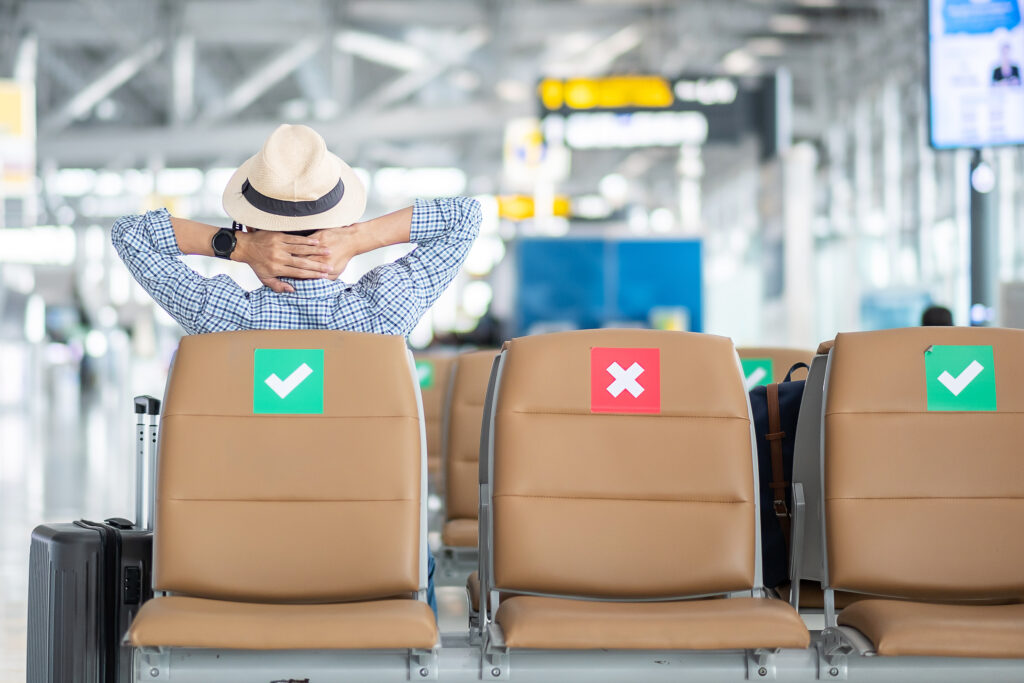The new European guidelines suggest air travelers should not appear to be high-risk for spreading the virus, but, instead, they should be treated the same as members of the local population who have not had any direct contact with Covid-19 infected persons.
The document requested by the European Commission and published jointly by the European Centre for Disease Prevention and Control (ECDC) and the European Union Aviation Safety Agency (EASA) reflects on the latest scientific evidence that the number of new coronavirus cases among travelers is generally lower compared to that of the local population. It further argues that in the current scenario, when the virus is prevalent in all EU and European Economic areas countries, testing and quarantine is no longer necessary and can even have a negative impact. For instance, contact tracing is more urgent, and this is where resources should be invested.
According to the Guidelines, the only circumstances in which the old regime could be useful is when travelers move from an extremely high incidence “red” area to another “red” zone with a drastically lower infection rate or to any “orange” or “green” zone.
Patrick Ky, Executive Director at EASA, said, “This new document is a true European contribution for the benefits of European citizens. Its findings can be important in making many family reunions over Christmas possible. It builds on the measures we already put in place with the Aviation Health Safety Protocol and reinforces the view that there is no inherent risk in air travel – indeed air travelers are seen as a relatively “COVID-safe” population. We would encourage national decision-makers to take account of the recommendations given here when making their policies.”

